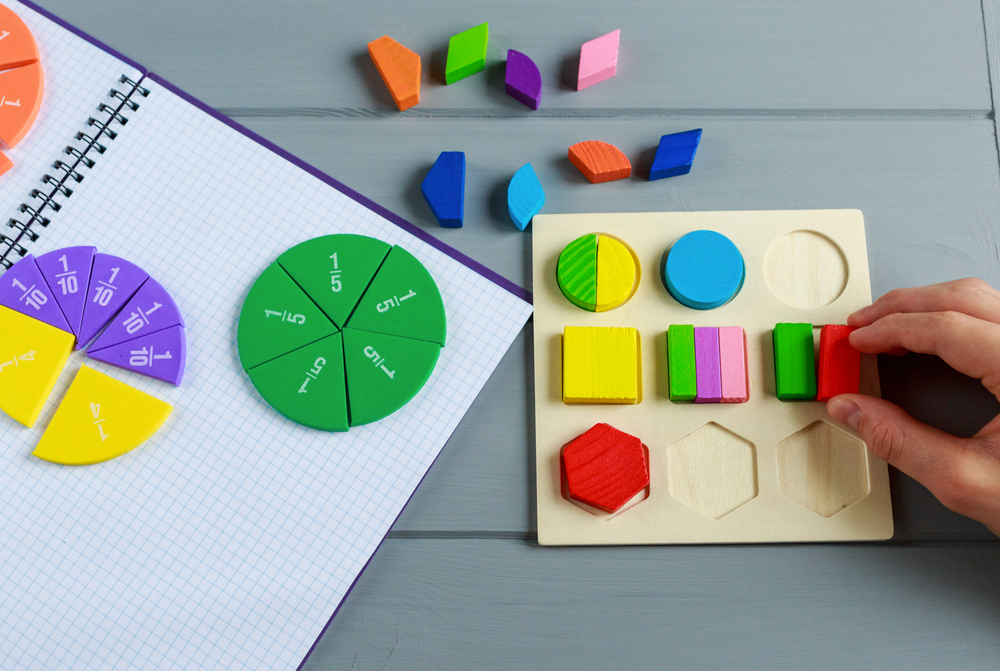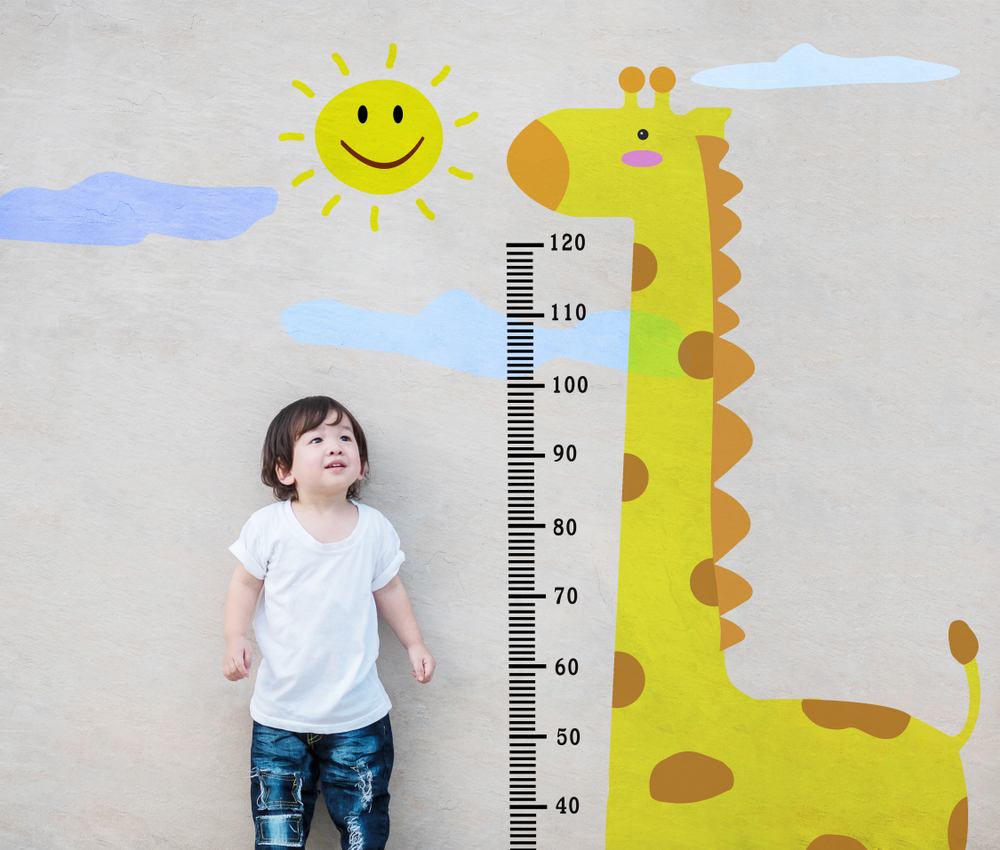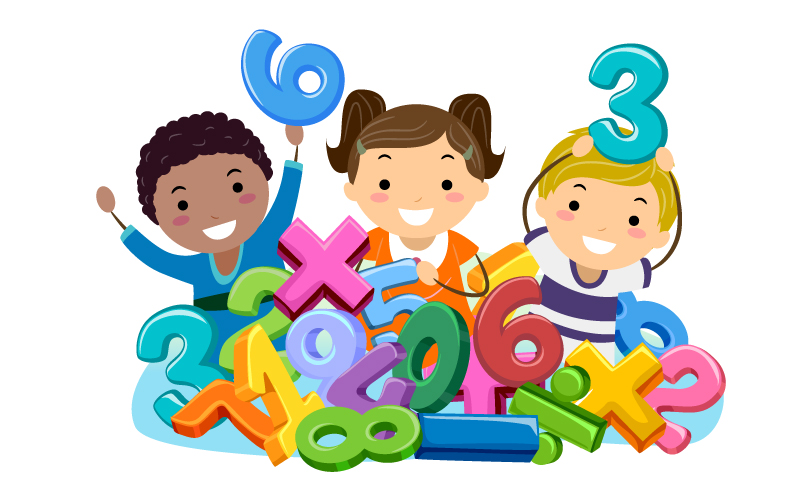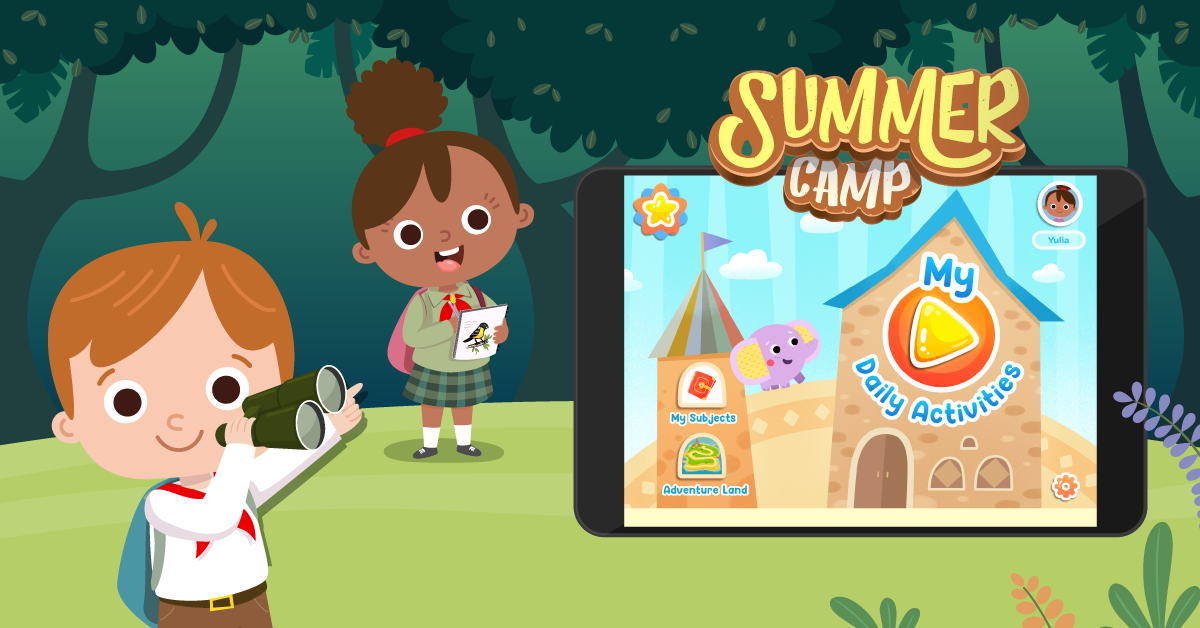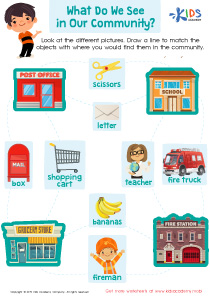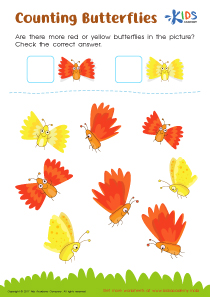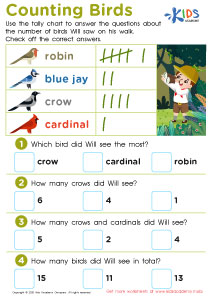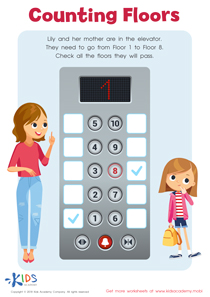Understanding patterns Extra Challenge Math Worksheets for Ages 4-8
7 filtered results
-
From - To
Enhance your child's math skills with our "Understanding Patterns Extra Challenge Math Worksheets" designed for ages 4-8. These engaging worksheets provide an excellent opportunity for young learners to recognize, create, and extend a variety of patterns through fun and interactive activities. Suitable for homeschooling or classroom use, these exercises foster critical thinking and problem-solving skills while building essential math foundations. With a variety of difficulty levels, children can progress at their own pace. Give your child a head start in math by exploring patterns in a fun and stimulating way! Download these printable worksheets today for an exciting learning experience!
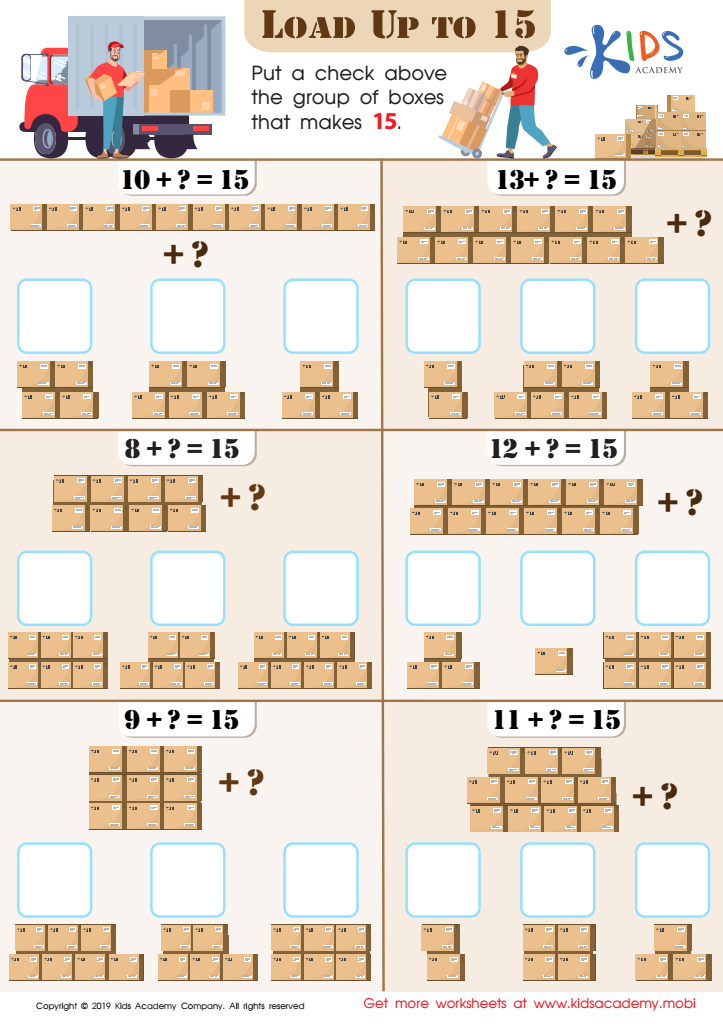

Load up to 15 Worksheet
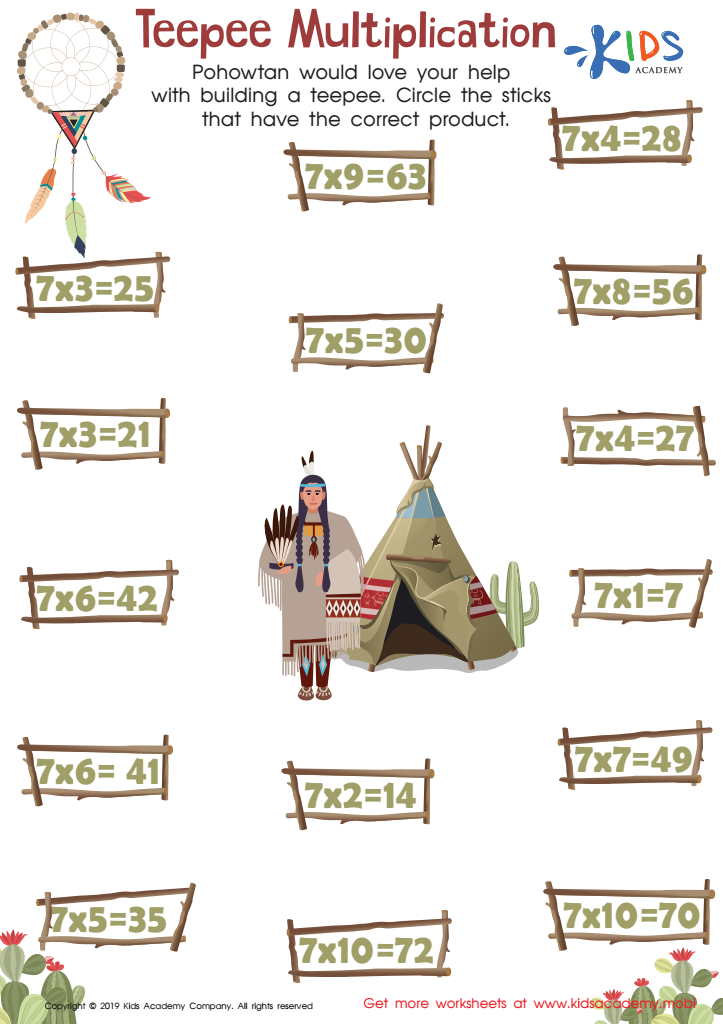

Teepee Multiplication Worksheet
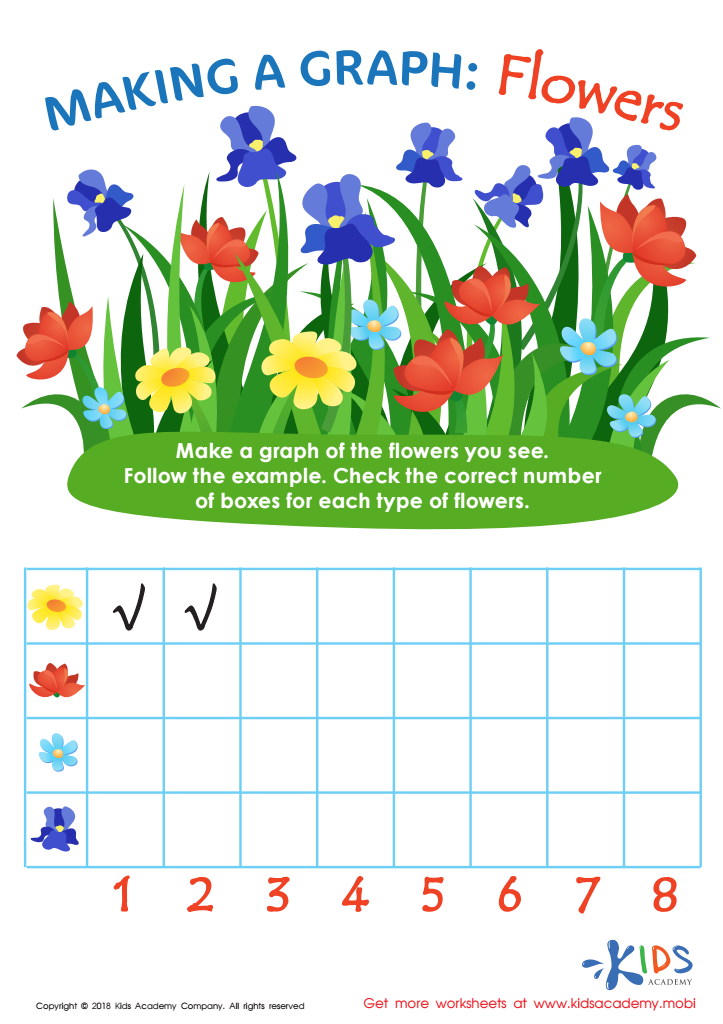

Making a Graph: Flowers Worksheet
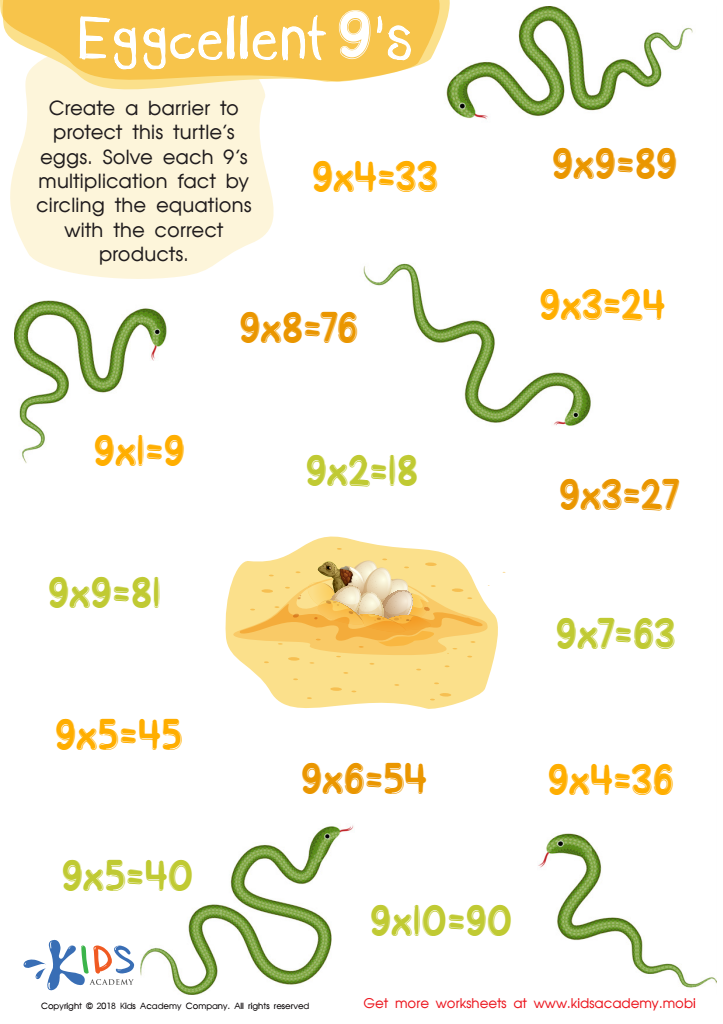

Eggcellent 9’s Worksheet
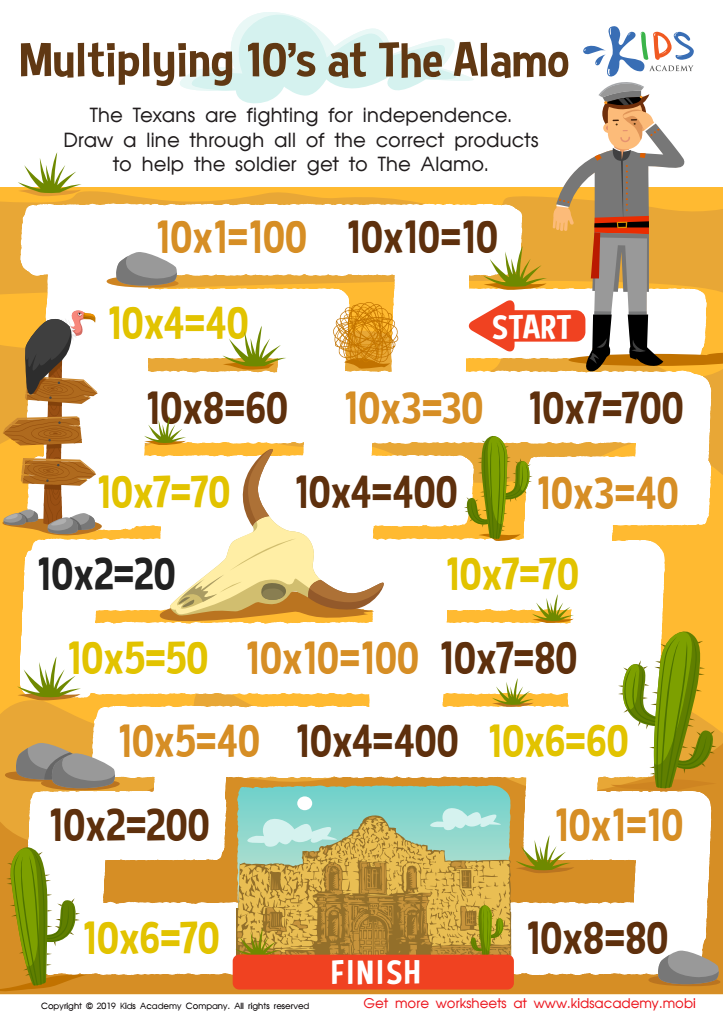

Multiplying 10’s at The Alamo Worksheet
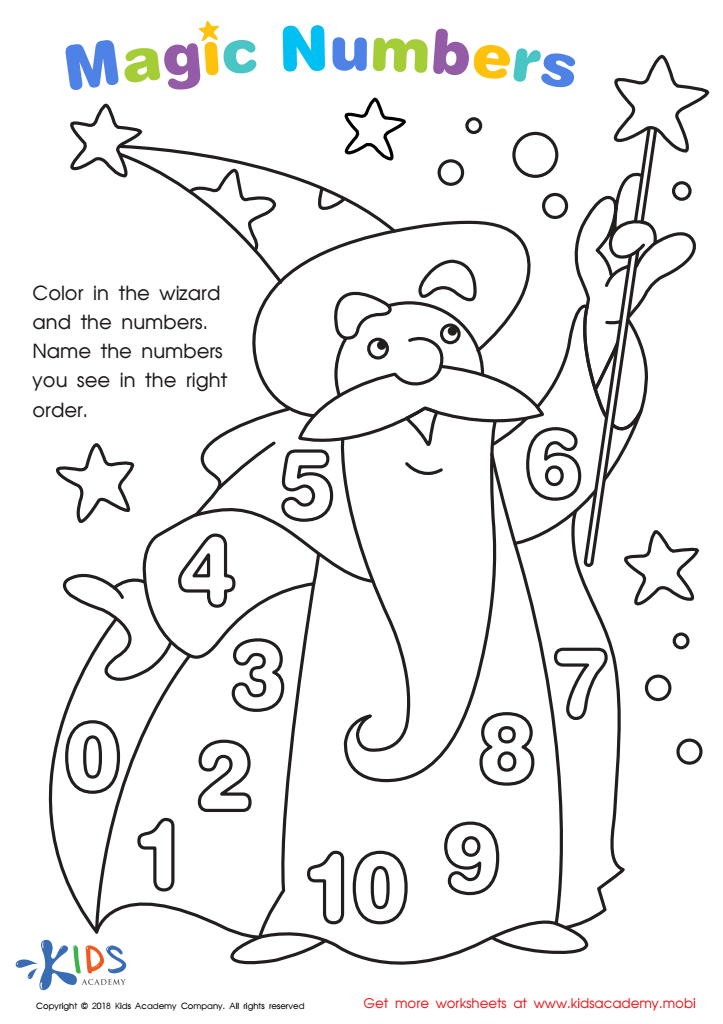

Magic Numbers Worksheet
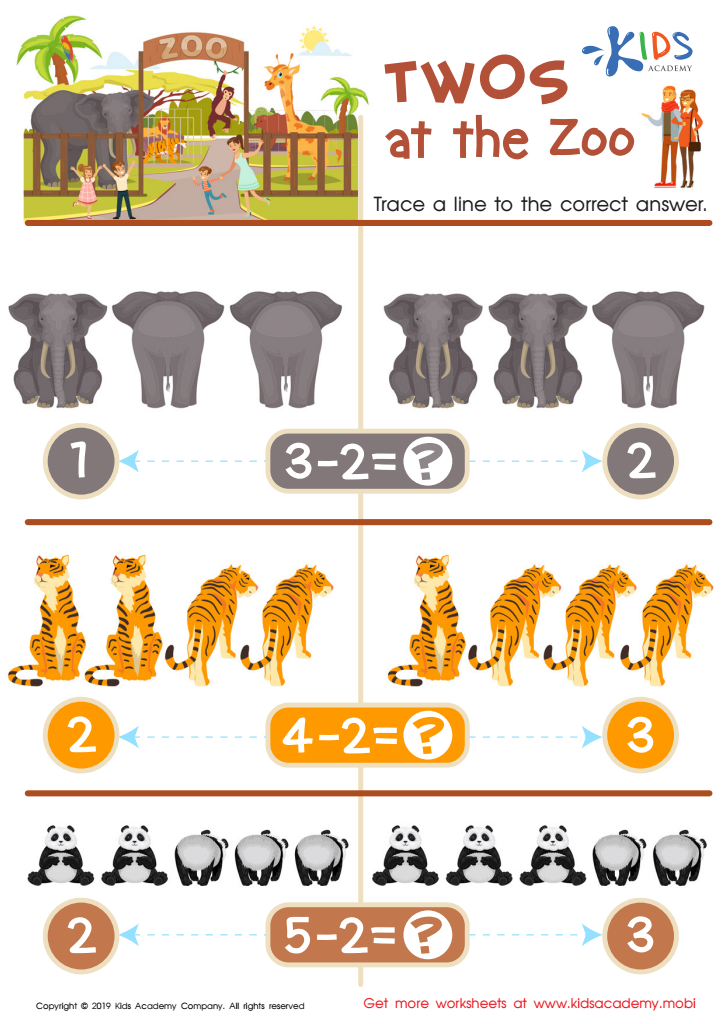

Twos at the Zoo Worksheet
Parents and teachers should prioritize the Understanding Patterns Extra Challenge Math program for children aged 4-8 because it lays a crucial foundation for future mathematical success. At this age, children are naturally curious and eager to learn about the world around them. Engaging with patterns helps them develop critical thinking and problem-solving skills, essential components of mathematical literacy.
Recognizing and creating patterns enhances cognitive abilities, allowing children to see relationships between objects and numbers. This not only aids in arithmetic but also fosters creativity and logical reasoning. By introducing kids to challenge exercises, they learn to tackle problems with perseverance, boosting their confidence in math.
Moreover, early exposure to patterns cultivates an appreciation for math as a fun and essential part of life. It helps bridge the gap between concrete experiences and abstract concepts, making it easier for students to transition to more advanced mathematical theories later on.
For parents and teachers, implementing such programs demonstrates a commitment to holistic education, equipping young learners with the tools needed to navigate both academic settings and everyday situations. Investing time in pattern recognition not only supports immediate learning gains but also sows the seeds for a lifelong love of mathematics.
 Assign to My Students
Assign to My Students





